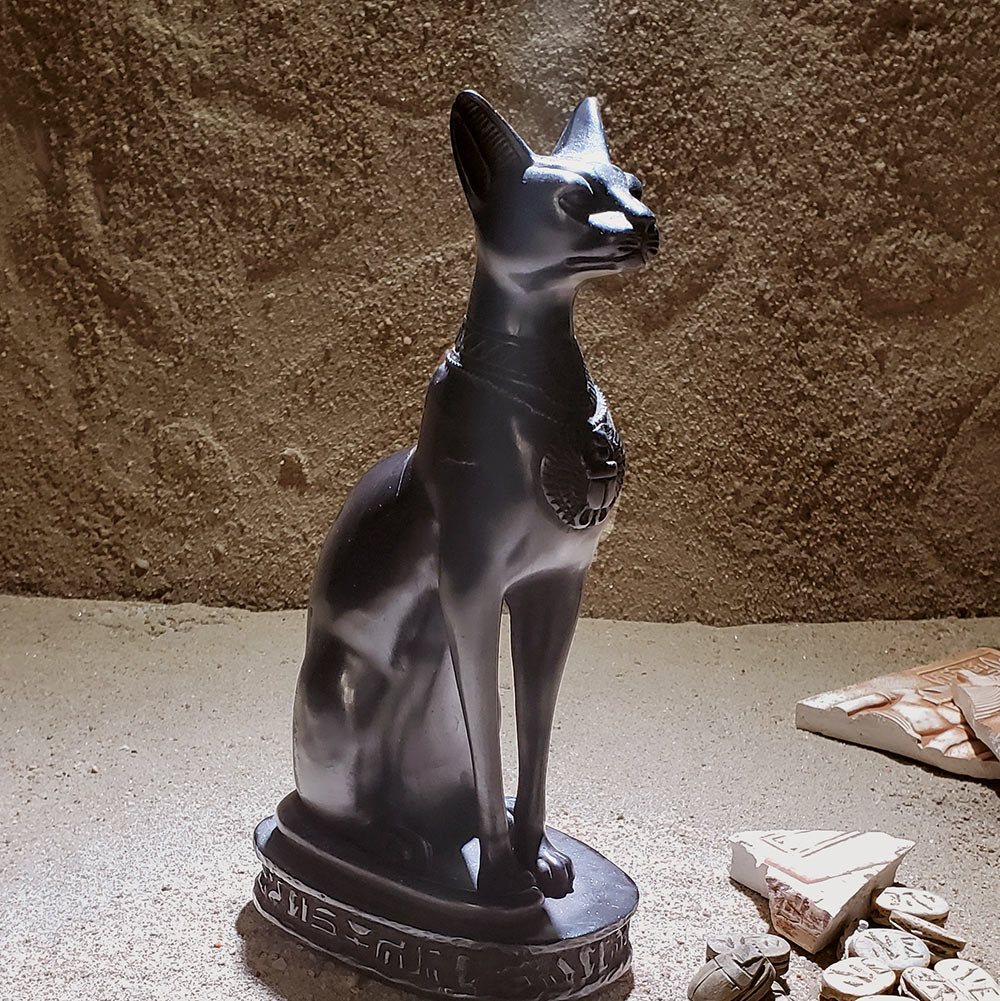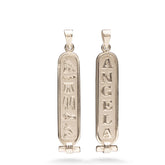Egyptian Ankh: A symbol representing life, immortality, and the divine
The Ankh, also known as the key of life or crux ansata, is one of the most recognizable symbols from ancient Egypt. Its origins date back to the early dynastic period (c. 3100–2686 BCE). The exact origin of the Ankh remains somewhat elusive, but it is believed to have evolved from the hieroglyph for a sandal strap. Early depictions of gods and pharaohs holding the Ankh emphasize its connection to divine power and the afterlife.
At its core, the Ankh is a symbol of life and immortality. Ancient Egyptians believed in an afterlife, and the Ankh played a crucial role in their funerary rituals. It often appears in the hands of gods and goddesses, symbolizing their ability to grant and sustain life. Many tombs and burial sites feature the Ankh as a protective charm, ensuring a safe journey to the afterlife.

Despite its ancient origins, the Ankh continues to captivate and inspire people in the modern world. It has found its way into various forms of art, jewelry, and contemporary symbolism. Many individuals today wear Ankh pendants as a talisman, embracing its historical and spiritual connotations.







